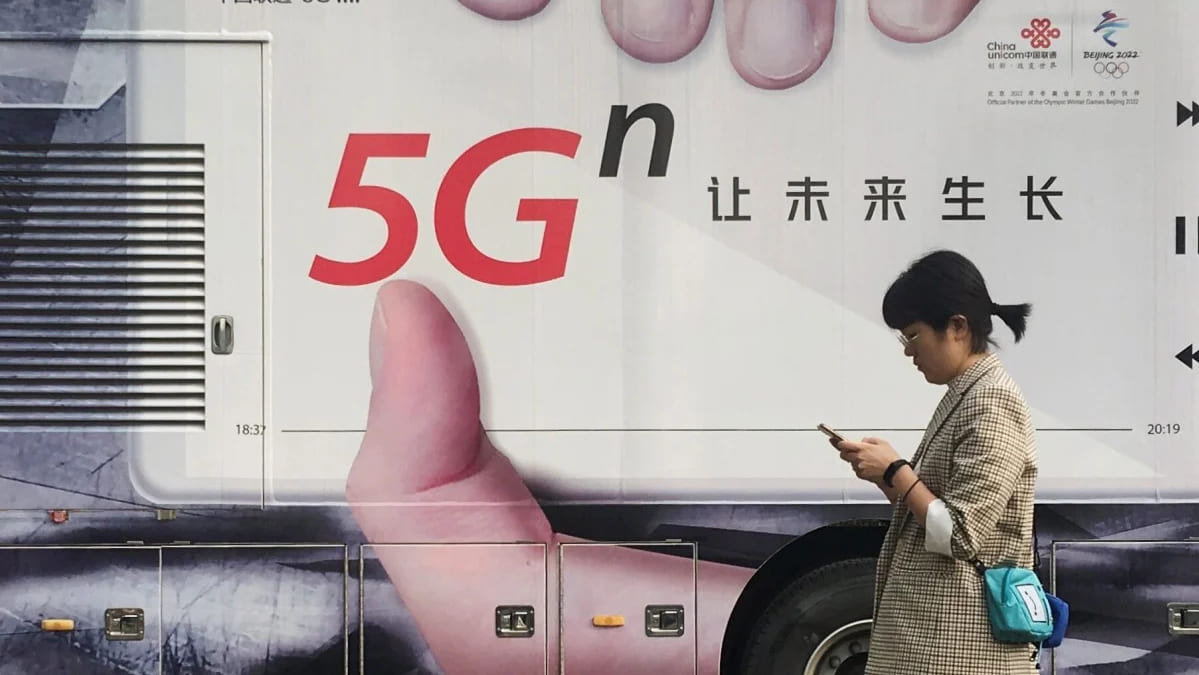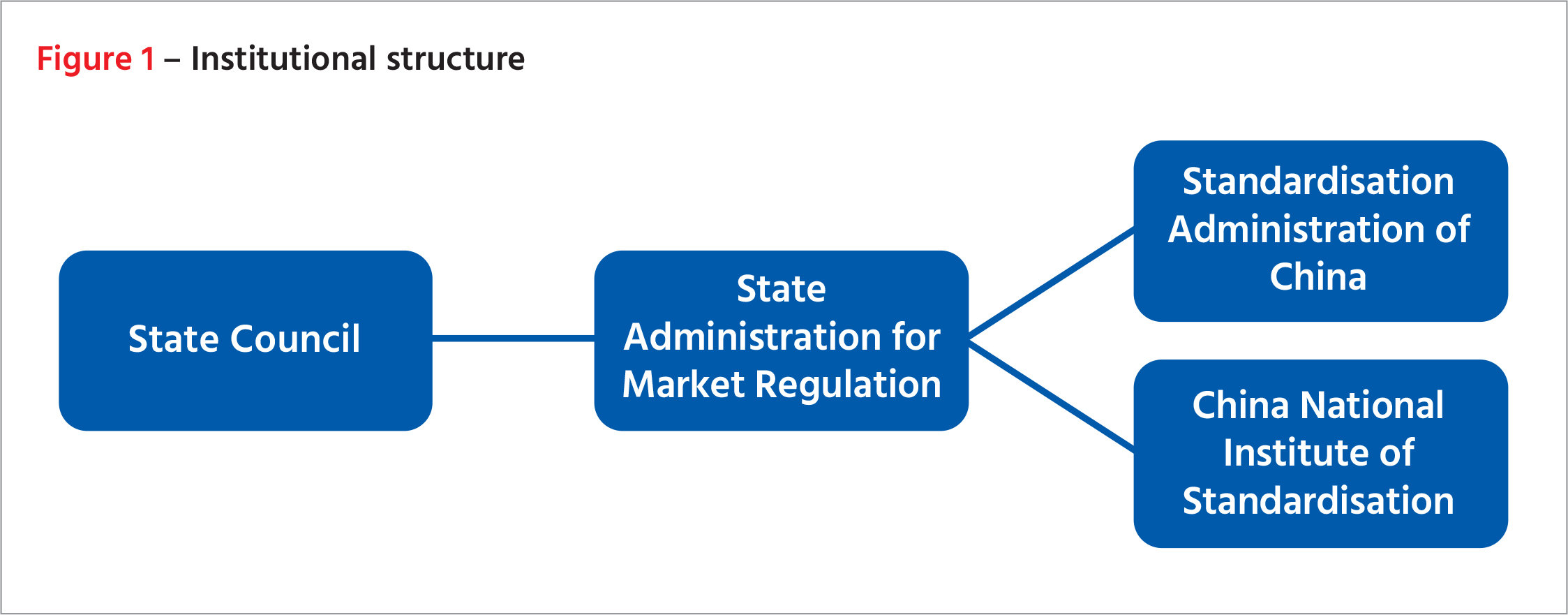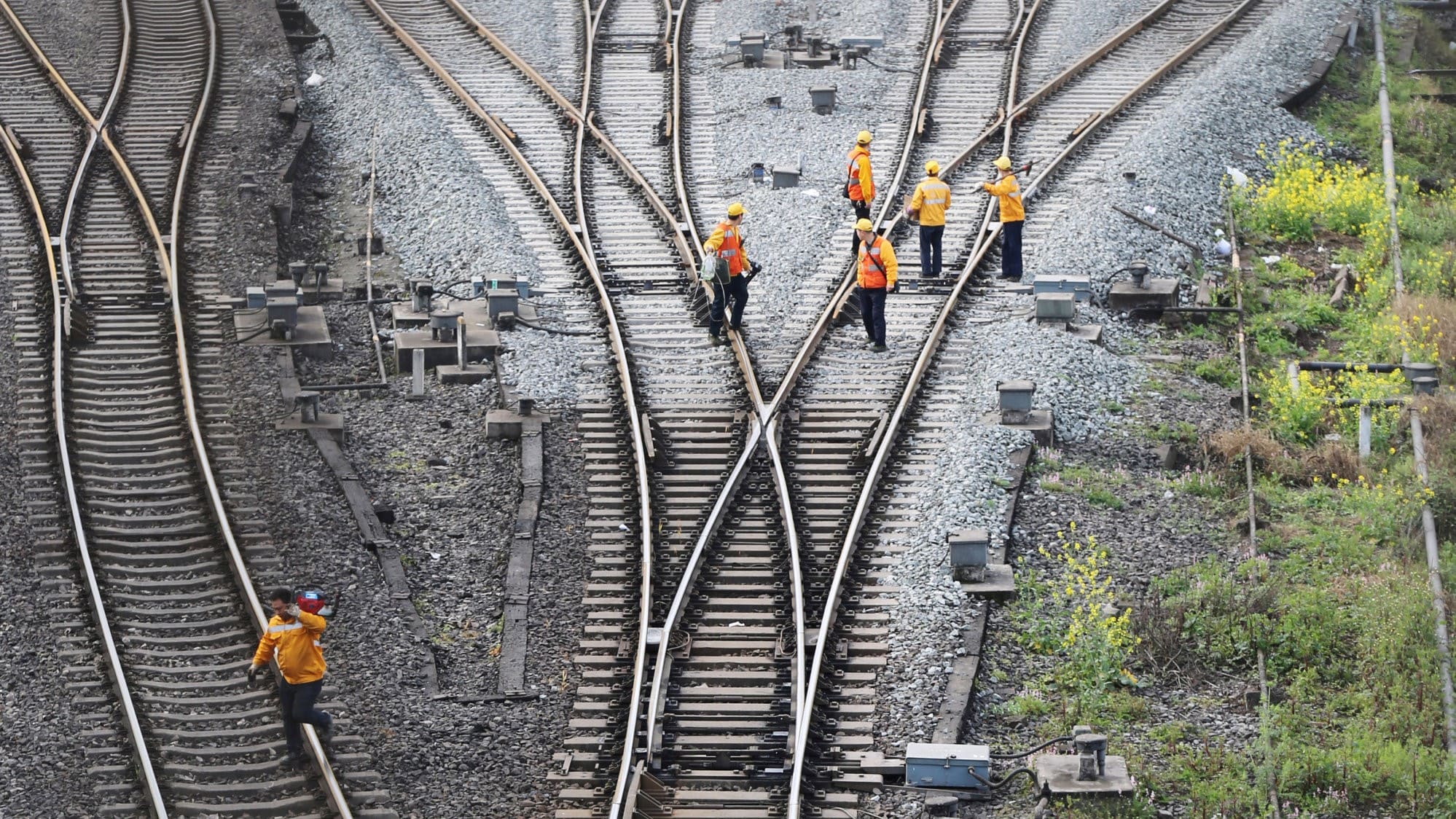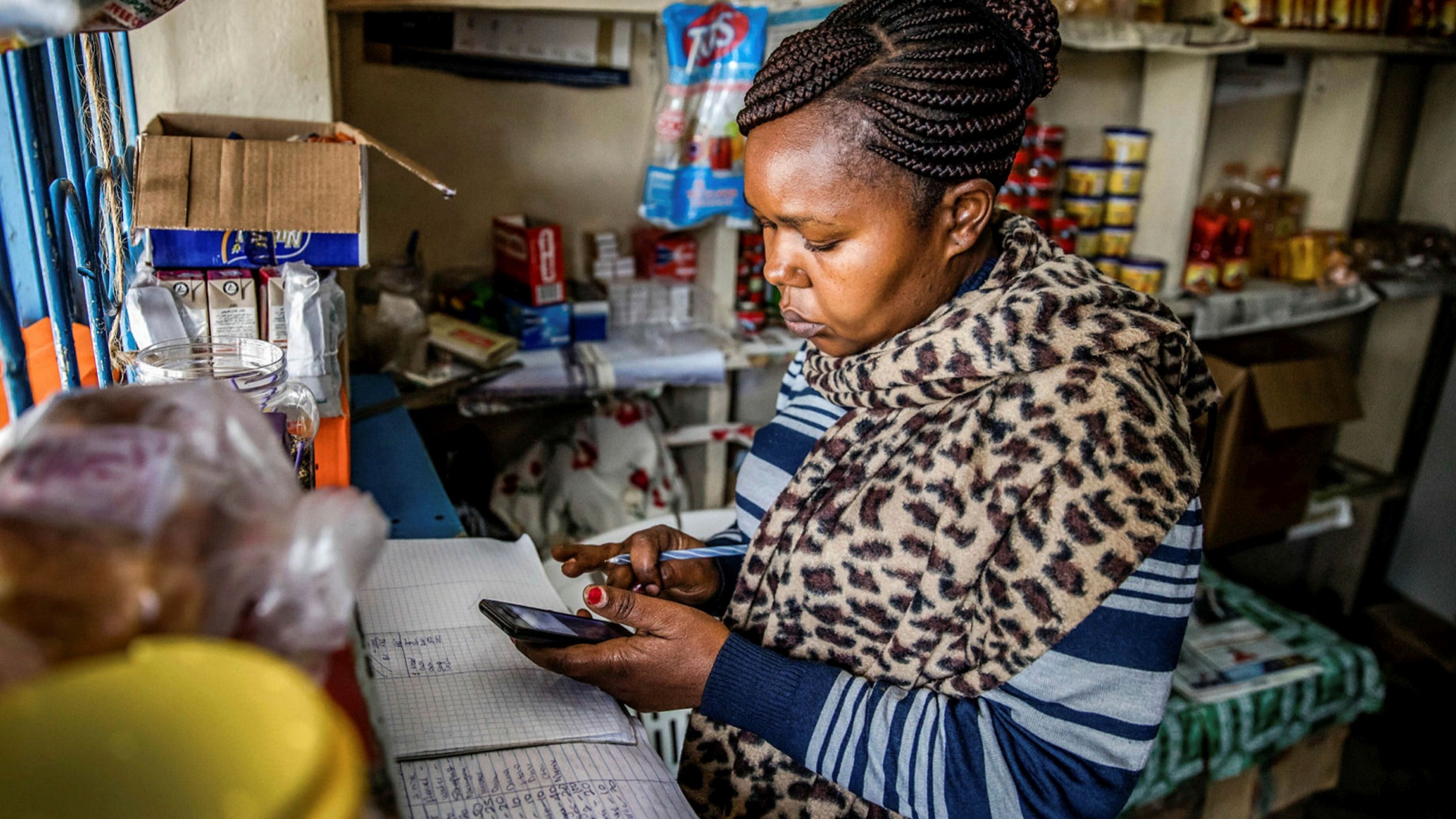Trade and geopolitics
China’s '2035 Standards' quest to dominate global standard-setting
Published 21 February 2023
The gradual rise of China's influence and leadership in global standard-setting bodies is raising concern among the Western powers. Under Beijing's ‘Standards 2035’ project, the Chinese leadership's approach towards the technical standardization sphere tie closely with the country's economic development and its lofty geopolitical aspirations.
International standards form the basis of a global technical governance framework that helps develop worldwide, agreed-upon norms and procedures. Recently, there has been a steady increase in state participation and advocacy in setting global technical standards. A state’s ability to obtain technological self-sufficiency in a particular domain is the basis for using international standards to its advantage.[1]
States have leveraged their position at standards-developing organizations (SDOs) and strategically placed lobbyists in powerful positions to influence the standard-setting process in their favor. China has recently used this to its advantage with considerable influence at the 3rd Generation Partnership Project (3GPP), an international body responsible for setting global telecommunications standards. Chinese companies’ representatives (Huawei, ZTE) with a high level of expertise in 5G technology have been elected chairman and deputy chairman of 3GPP. This has resulted in a heavy contest between Western and Chinese companies over the establishment of 5G standards.[2]
SDOs have traditionally been under the influence of the West, so these leadership changes mark a shift in the landscape of technical standard setting.
The decline of the West’s influence at these international standard-setting bodies has allowed China, backed by its tremendous innovation and private sector giants, to exert its influence in the standard-setting domain, thereby paving the way for the ‘Standards 2035’ project.[3]
Current global strategic standards contest
Apart from the global SDOs, various national and regional standardization bodies deal with technical standards. Europe has its own standards bodies, such as European Telecommunications Standards Institute (ETSI), European Committee for Standardization (CEN), and European Committee for Electrotechnical Standardization (CENELAC). The United States has its own organization called the National Institute of Standards and Technology (NIST), which is responsible for maintaining competitiveness in the technology industry. These bodies primarily look at how an established regional standard can be adopted as the global technical standard.
Previously, the West and its standardization bodies dominated the discourse in the technical standard-setting space through the influence of their regional technical standardization bodies.
However, with China leapfrogging the West in several emerging technology spaces like telecommunications, quantum, and electric vehicles (EVs), there has been increased contestation at the global level on complementing innovation with standardization. With Chinese entities owning a majority of the intellectual property (IP) in several next-generation technologies, they are in the driver’s seat for setting the global technical standard in that space.[4] But historical Western influence at international SDOs and fears (privacy, surveillance) about the use of Chinese technology have made the field of technical standard-setting a major geopolitical issue.
China’s current standards strategies
Revamp of domestic technical standard-setting
China has spent the last 30 years on a relentless campaign to marshal technical standardization nationwide, giving Beijing a high degree of state control over its massive manufacturing machine nationwide. That high degree of control over standard-setting now positions Beijing to influence supply chains worldwide.
At the outset, the entire process of standardization in China looks like a collaborative effort between the state and the private industry. But a closer look shows that the party-state is involved in every step of the decision-making process and the final decision rests with the state.[5] This state-centric approach followed by China also distinguishes between mandatory and voluntary standards. However, the industry also treats all voluntary standards as compulsory, with almost all firms complying with the technical standards.
Post the 2017-18 Standardization Law, two major types of technical standards were established to simplify the process of technical standard-setting at the national level:
- State Tier Standards – These are the technical standards that are completely under the control of the state. The government has the authority to set, change and remove standards as they please without the consultation of the private sector.
- Market Tier Standards – These technical standards have been developed with the help of private industries in the country. They can be subject to market forces and can be changed depending on the industry's feedback to the state.
Soft power at international standard-setting bodies
There has been a gradual rise in the influence of China and its leadership in global organizations dedicated to technical standard-setting, raising concern among the Western powers.[6]
China has successfully demonstrated its diplomatic skill and state influence by increasing the number of Chinese officials, technocrats, and private sector leaders for key leadership positions in major working groups and technical committees of international technical standard-setting bodies. Moreover, with the influence they have achieved at such organizations, the state has pushed for the acceptance of Chinese businesses' standards as the de facto international technical standards in several crucial sectors. The ‘Standards 2035’ project also aims for the country to go global with its technical standards, especially by strategically employing its high-level officials and leaders of domestic technology enterprises at the organizations responsible for determining global technical standards.
Exporting standards through premier foreign policy projects
China kickstarted integrating technology into key foreign policy projects. The Chinese government has exported digital infrastructure (hardware, software, networks, and systems) with the help of their domestic private sector giants to many Belt and Road Initiative (BRI) partner countries. Along with digital infrastructure, there are reports of how the project has exported Chinese technology standards to their BRI partners, especially in Africa.[7]
The Digital Silk Road initiative of the BRI has taken off in African countries with many consumer technology projects such as data centers and network infrastructure. Huawei and its components comprise almost 70% of the total 4G networks across the continent. Huawei has built data centers in major countries like Ghana, Nigeria, and Egypt. The security concerns surrounding Huawei and Chinese technology have been mitigated by the low prices (in terms of installation costs and running the network) offered by Chinese technology firms. This has made African governments embrace Chinese technology firms and their standards due to lesser barriers to technology acquisition.
China’s increased focus on standard-setting
Economic benefits
A technical standard can give the company and the state (if it has a role to play in the standard-setting process) intellectual property rights of certain features or applications related to the technology, forcing other tech companies and jurisdictions to obtain licenses and permissions for use.[8] This would make them the forerunners in the field, with all other competitors playing catch-up to their level of innovation.
China has ensured that the entire process of setting an international technical standard can become a quid pro quo between states, private companies, and international standards organizations to leverage the economic benefits on offer.[9]
Standardization will allow China to optimize its manufacturing industry and improve economic returns. Though a manufacturing powerhouse, China’s exports as a share of GDP are declining. Technical standards can provide better economic gains through licenses and royalties for the already established manufacturing sector in the country. Moreover, with the emergence of new technologies, China will need to remain relevant in developing and applying critical technologies. The Chinese government is now banking on technical standards to achieve competence and excellence in critical technologies, which will be integral to the global economy in the coming decades.
Technological supremacy
A technical standard also provides a first-mover advantage. The pace of innovation rests with the entity controlling the standards process.[10] Technological growth and innovation in the specific sector can be subjected to getting patent approvals and licenses from the entity setting the standard. This can have major repercussions on how the specific technology ecosystem operates globally.
Creating benchmarks through technical standards in high-value-added sectors with the help of the private sector can help reinforce China’s role in the international arena. As more Chinese private firms gain influence worldwide, more countries will be influenced by Chinese technology in international standard-setting bodies.
Key takeaways from the NSD outline document
This increased focus on the technical standard-setting domain set the stage for the ‘Standards 2035’ Project by the Chinese leadership, as they saw immense political and economic value in setting technical standards.[11] The standards project attempts to design the regulatory environment for the use of key sectors, improving its manufacturing output and helping solidify the country’s place in the global supply chains of emerging and critical sectors of the economy.
To streamline the process of standard setting and goals of the “China Standards 2035” (中国标准 2035) project, the Central Committee of the Communist Party of China and the State Council of China released the ‘National Standardization Development Outline’ (国家标准化发展纲要) (NSD) in October 2021.
The National Standardization Development Outline (国家标准化发展纲要) (NSD) is the first major document in the public domain on China’s standardization strategy. The NSD visualizes a standardized system that promotes high-tech innovation and “opening up” the technology sector while also leading to high-quality development.
Standards as enablers for technological innovation and competition
The NSD outline offers a clear objective for Chinese companies to improve their technical capabilities, raise intellectual property (IP) level and develop standards that can be adopted domestically and exported internationally in critical (AI, quantum computing) and emerging (EVs, quantum tech) technology areas.
Industry-led approach to standard setting
The NSD outline defines the private sector's primacy and importance when setting technical standards in different sectors. China looks to rehaul the process of setting technical standards from a state-centric to a private sector, industry-led approach.[12]
Aligning local and global technical standards
The document underlines the scope of China’s role in the international technical standards ecosystem with its commitment to deep exchanges and cooperation of standards.[13] The document emphasizes the need to improve consistency between the Chinese and international standards to facilitate the bulk trade of commodities and secure contracts for projects in foreign countries.
Conclusion
The ‘Standards 2035’ Project underlines the Chinese government’s efforts and approach towards the technical standardization sphere. It emphasizes the importance of technical standards for the country’s development and economic growth and details the aspirations in utilizing these standards to reach China’s lofty geopolitical goals.
However, the Project remains an ambitious one with no concrete details (in the public domain) on how the Chinese government plans to achieve its goals. The goals in the NSD Outline document are based on China’s standardization ambitions for the next decade. This also sets the larger goals for the ‘Standards 2035’ (中国标准 2035) project, which has the potential to create ripples in the international arena.
***
[1] Mattli, Walter, and Tim Büthe, “Setting International Standards. Technological Rationality or Primacy of Power?,” World Politics 56: 1, 2003, pp. 1-42.
[2] Laurie Clarke. “Technical standards-setting is shaping up to be the next China-US showdown”. Tech Monitor. Published 15 June 2021.
[3] Arjun Gargeyas, “China’s ‘Standards 2035’ Project Could Result in a Technological Cold War”. The Diplomat. Published 18 September 2021.
[4] Ibid.
[5] Jack Kamensky. “Standards Setting in China. Challenges and Best Practices”. The US-China Business Council. Published February 2020.
[6] Sorina Teleanu. “The geopolitics of digital standards: China’s role in standard-setting organisations”. Diplo Foundation. Published December 2021.
[7] Tugendhat, Henry, and Julia Voo. “China's Digital Silk Road in Africa and the Future of Internet Governance”. No. 2021/50. Working Paper, 2021.
[8] Dr Alexi Drew. “The Critical Geopolitics of Standards Setting”. Transatlantic Dialogue on China. Published 7 May 2021.
[9] Jack Kamensky. “Standards Setting in China. Challenges and Best Practices”. The US-China Business Council. Published February 2020.
[10] Blancato, F. (2019), “Regulate to Dominate: The Geopolitics of Standard-Setting in Digital Technologies and its Strategic Implications for the EU”. United Nations University - Institute on Comparative Regional Integration Studies.
[11] Emily de La Bruyere & Nathan Picarsic. “China Standards 2035 Report”. Horizon Advisory.
[12] Sheehan, Matt, Marjory Blumenthal and Michael R. Nelson. “Three Takeaways From China’s New Standards Strategy”. Carnegie Endowment for International Peace. Published October 28, 2021.
[13] Baron, Justus, and Olia Kanevskaia. "Competition for Leadership Positions in Standards Development Organizations." (2021).
© The Hinrich Foundation. See our website Terms and conditions for our copyright and reprint policy. All statements of fact and the views, conclusions and recommendations expressed in this publication are the sole responsibility of the author(s).







